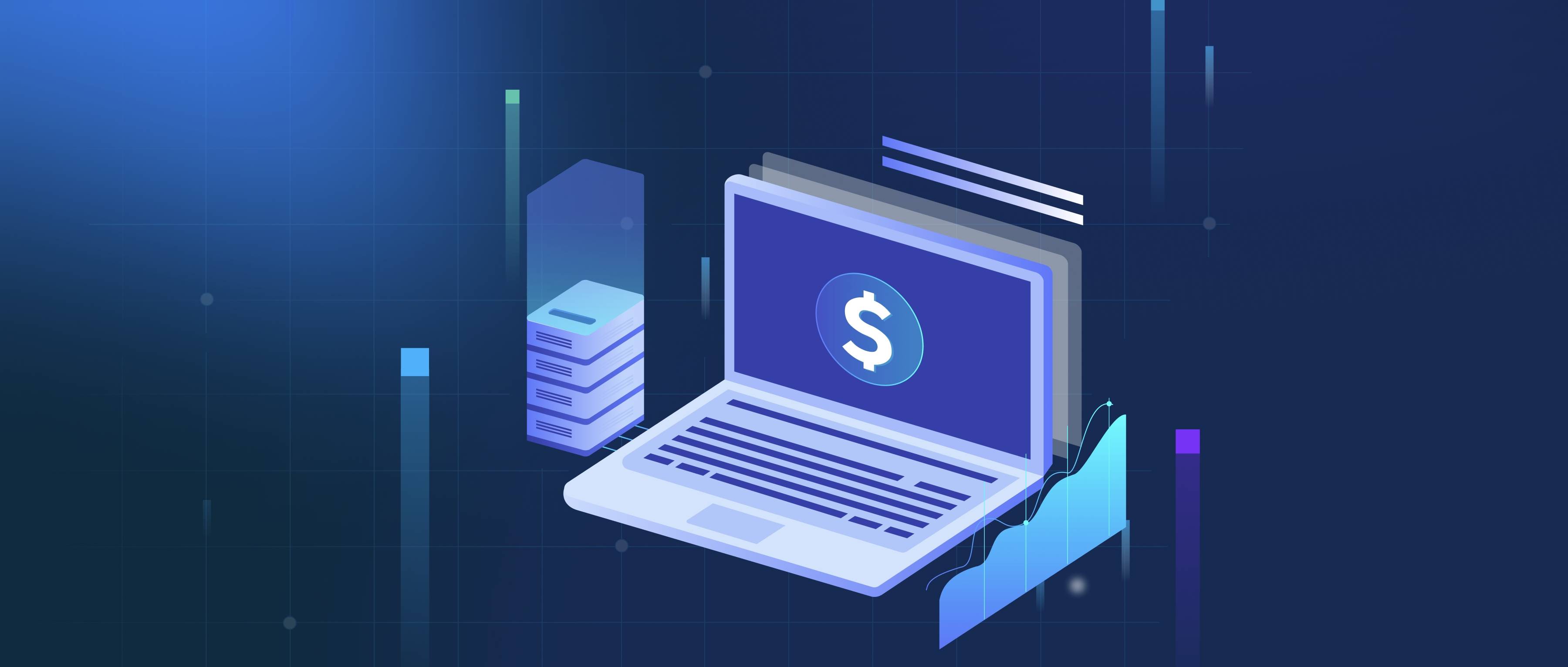Observability and infrastructure monitoring are two components that work together to provide a clear picture of system health and performance. Observability refers to the ability to infer the internal state of a system based on the data it generates, such as logs, metrics, and traces. Infrastructure monitoring, on the other hand, focuses specifically on the performance and availability of physical and virtual resources, such as servers, databases, and networks. By integrating observability with infrastructure monitoring, developers can gain deeper insights into not just whether their infrastructure is up or down, but also why it behaves the way it does.
For example, consider a web application running on multiple servers. Infrastructure monitoring tools can alert developers when a server's CPU usage spikes or when a database is unresponsive. However, observability adds another layer by allowing developers to trace a user request across different services, revealing the exact point of failure. With observability, developers can see metrics related to response times and error rates, while also consulting logs that provide context around those metrics. In this way, if a server goes down, developers can quickly determine if it was due to a high load or an issue with the application itself, enabling faster problem resolution.
Moreover, integrating these two concepts facilitates proactive management of systems. By collecting and analyzing data from both observability and infrastructure monitoring, developers can identify patterns and potential issues before they escalate. For example, if there is a recurring delay in user response times that correlates with specific spikes in server load, developers can investigate further and optimize their infrastructure or application code accordingly. This combination not only helps in resolving current issues but also enhances the overall reliability and performance of applications, ultimately leading to a better user experience.
